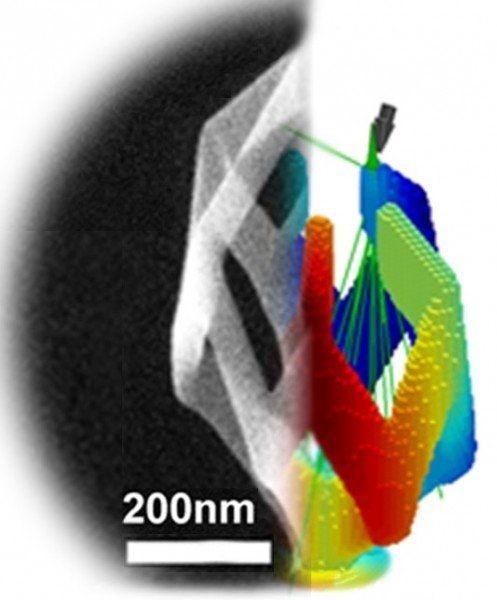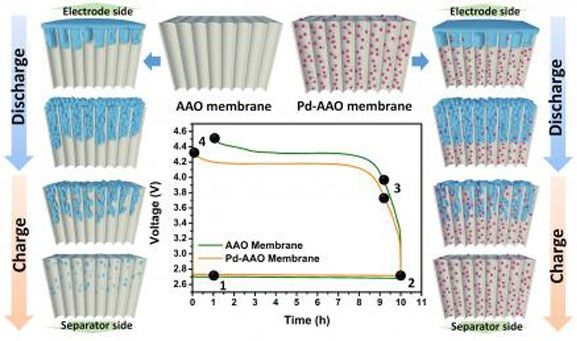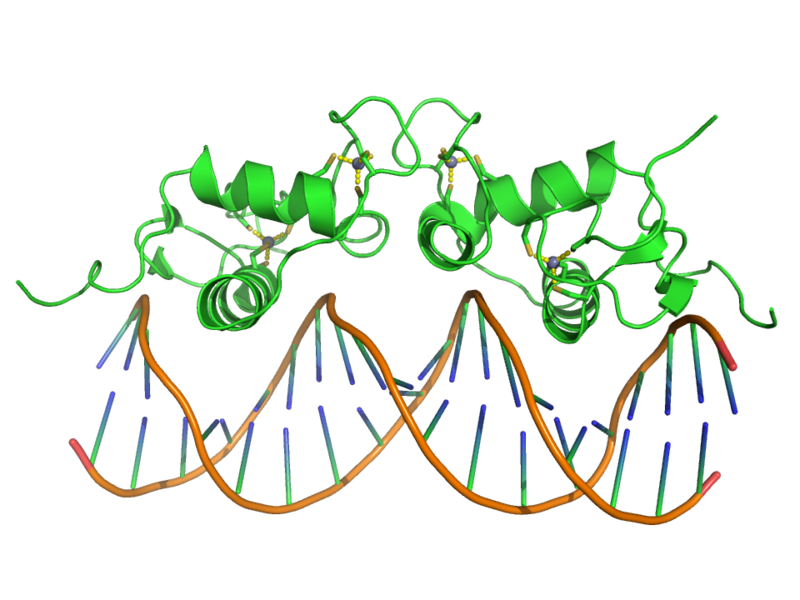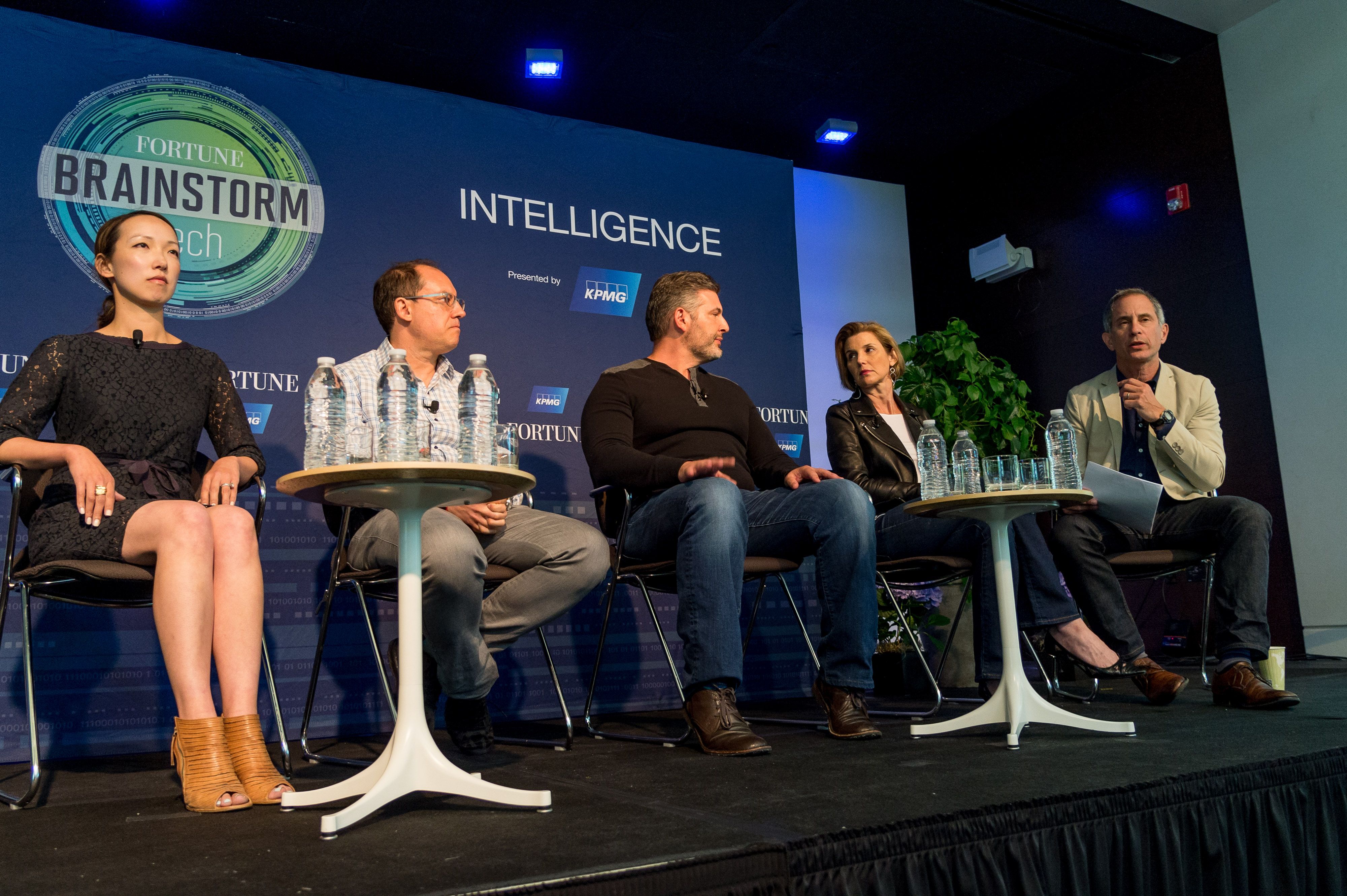Page 10743
Jul 12, 2016
DURUS Brings Human-Like Gait (and Fancy Shoes) to Hyper-Efficient Robots
Posted by Karen Hurst in category: robotics/AI
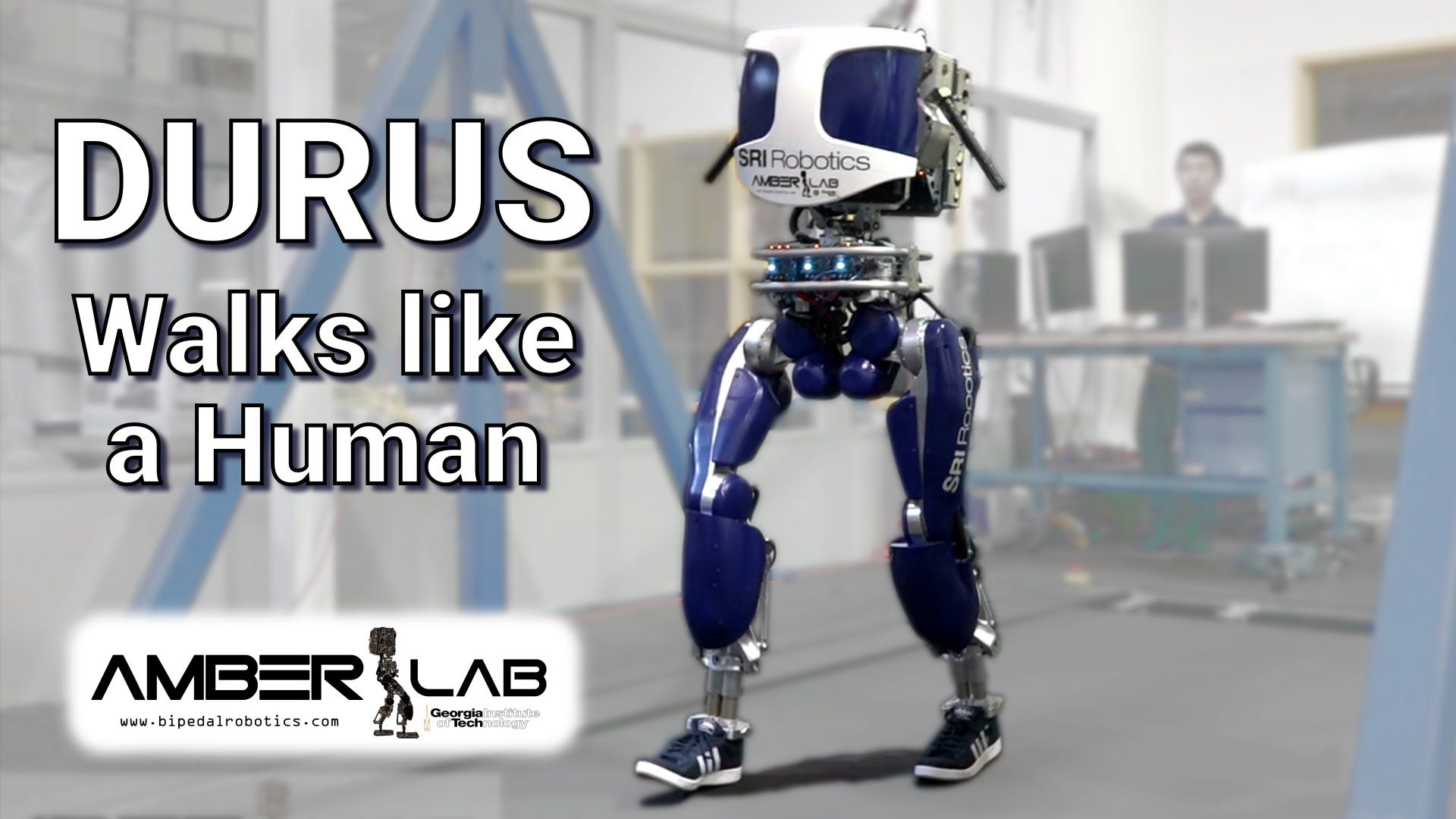
Who knew; maybe the answer was in the shoes.
A slick walking gait makes the DURUS humanoid robot even more efficient.
Continue reading “DURUS Brings Human-Like Gait (and Fancy Shoes) to Hyper-Efficient Robots” »
Jul 12, 2016
HHS Considers Climbing on the Blockchain Bandwagon
Posted by Karen Hurst in categories: bitcoin, health
Jul 12, 2016
PARC Develops Vanishing Autonomous Air Vehicles through Funds from DARPA
Posted by Karen Hurst in categories: robotics/AI, transportation
PARC is a Xerox company that has received funds from the Defense Advanced Research Projects Agency (DARPA) through its Inbound, Controlled, Air-Releasable, Unrecoverable Systems (ICARUS) program.
The ICARUS program aims at creating a prototype air vehicle that has the potential to deliver small payloads in an autonomous manner to targeted locations and then disappears after the task it completed. PARC in cooperation with AeroVironment Inc. plans to produce particular materials and the air delivery system that can be made to disappear through a project within ICARUS that is referred to as On-Target Delivery and Disintegration Upon Stress-release Trigger (ONLY-DUST).
The project focuses on producing complex structures that are majorly firm during flight and storage, and at the same time permits reliable on-demand transience. It is possible to potentially scale up the DoD applications of the demonstration system because of its association with AeroVironment Inc., a leading company in unmanned, small aerial vehicles.
Jul 12, 2016
Additive manufacturing techniques featuring atomic precision could one day create materials with Legos flexibility and Terminator toughness
Posted by Karen Hurst in categories: chemistry, particle physics, transportation
Great work by my friends at ORNL.
In a review paper published in ACS Nano, Olga Ovchinnikova and colleagues provide an overview of existing paths to 3D materials, but the ultimate goal is to create and customize material at the atomic scale. Material would be assembled atom by atom, much like children can use Legos to build a car or castle brick by brick. This concept, known as directed matter, could lead to virtually perfect materials and products because many limitations of conventional manufacturing techniques would be eliminated.
“Being able to assemble matter atom by atom in 3D will enable us to design materials that are stronger and lighter, more robust in extreme environments and provide economical solutions for energy, chemistry and informatics,” Ovchinnikova said.
Jul 12, 2016
Newly Discovered Features Of Collagen May Help Shed Light On Disease Processes
Posted by Karen Hurst in categories: biotech/medical, health, nanotechnology
Interesting.
WHAT: Scientists at the National Institutes of Health are reporting new, unexpected details about the fundamental structure of collagen, the most abundant protein in the human body. In lab experiments, they demonstrated that collagen, once viewed as inert, forms structures that regulate how certain enzymes break down and remodel body tissue. The finding of this regulatory system provides a molecular view of the potential role of physical forces at work in heart disease, cancer, arthritis, and other disease-related processes, they say. The study appears in the current online issue of the Proceedings of the National Academy of Sciences.
Scientists have known for years that collagen remodeling plays an important role in a wide variety of biological processes ranging from wound healing to cancer growth. In particular, researchers know that collagen is broken down by a certain class of enzymes called matrix metalloproteinases (MMPs), but exactly how they did this remained somewhat of a mystery, until now.
In the NIH study, the scientists isolated individual, nano-sized collagen fibrils from rat-tail tendons. They then exposed the collagen fibrils to fluorescently-labeled human MMP enzymes. Using video microscopy, the scientists tracked thousands of enzymes moving along a fibril. Unexpectedly, the scientists observed that the enzymes preferred to attach at certain sites along the fibril, and over time these attachment sites slowly moved, or disappeared and reappeared in other positions. These observations revealed collagen fibrils have defects that spontaneously form and heal. In the presence of tension, such as when tendons stretch, defects are likely eliminated, preventing enzymes from breaking down collagen that is loaded by physical force, the researchers suggest. In short, they identified a possible strain-sensitive mechanism for regulating tissue remodeling.
Continue reading “Newly Discovered Features Of Collagen May Help Shed Light On Disease Processes” »
Jul 12, 2016
A New Design Strategy for Better Lithium Oxygen Batteries
Posted by Karen Hurst in categories: chemistry, computing, transportation
Yale researchers have devised a method that brings marketable Li-O2 batteries closer to reality, improving both the batteries’ performance and the ability to study them.
In recent years, lithium-oxygen batteries have intrigued researchers with their potential. They can store at least two to three times the energy as lithium-ion batteries can, which are the current standard for consumer electronics, so laptops could theoretically run longer on a single charge and electric cars would drive farther.
But they’re not quite there yet. For now, Li-O2 batteries operate sluggishly and have short lives. Compounding matters, it’s hard to get a sense of how to fix that because figuring out the exact nature of their chemistry has proved tricky.
Continue reading “A New Design Strategy for Better Lithium Oxygen Batteries” »
Jul 12, 2016
From Plough to Pipette
Posted by Karen Hurst in categories: bioengineering, biological, food
In part 2 of our plant synthetic biology series we teamed up with Cameron Tout of the Legume Laboratory blog to introduce some of the tools of plant synbio and how these are being applied to agriculture.
Over 9000 years ago the first domesticated varieties of wheat were created in South West Asia. What was remarkable about these plants is that they were selected by humans to retain their seeds rather than dispersing them by wind. This meant that wheat became dependent on farmers for propagation, but allowed people to harvest grain without the pods shattering in their hands.
Since then, humans have been modifying plants in ever more sophisticated ways, the 20th century saw the introduction of mutation breeding and hybrid technology, resulting in massive gains in crop yields.
Jul 12, 2016
High-tech fillings could actually repair your teeth
Posted by Karen Hurst in categories: biotech/medical, materials
These award-winning new materials for dental fillings could help repair and regenerate parts of your damaged teeth.
Jul 12, 2016
These are the Jobs that Artificial Intelligence Will Eliminate First
Posted by Aleksandar Vukovic in categories: employment, robotics/AI, transportation
There are three buckets.
There are three buckets of jobs right now, and each one will be affected by artificial intelligence. So says Clara Shih, CEO of Hearsay Social and a director with Starbucks, during a conversation on Tuesday at Fortune Brainstorm Tech in Colorado.
The first bucket, Shih says, are the jobs that almost certainly will disappear as AI and machine learning technologies continue to evolve and become more prevalent. This includes things like drivers (thanks to autonomous vehicles), lower-skilled manufacturing jobs (humans out, robots in), and certain research functions (paralegals, etc.).


